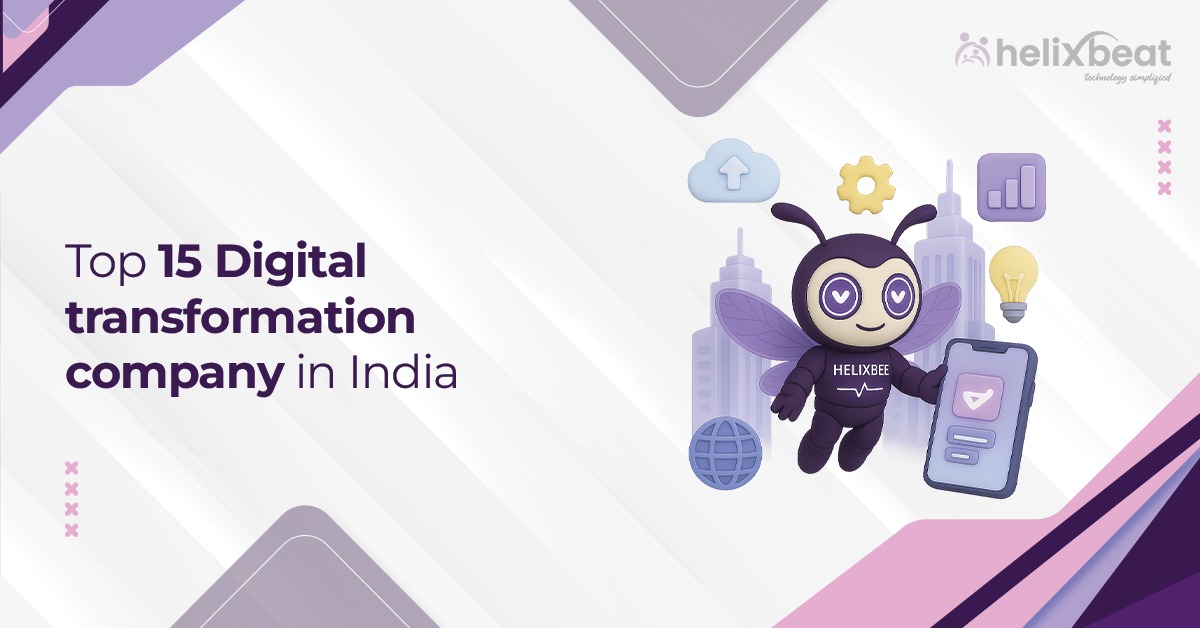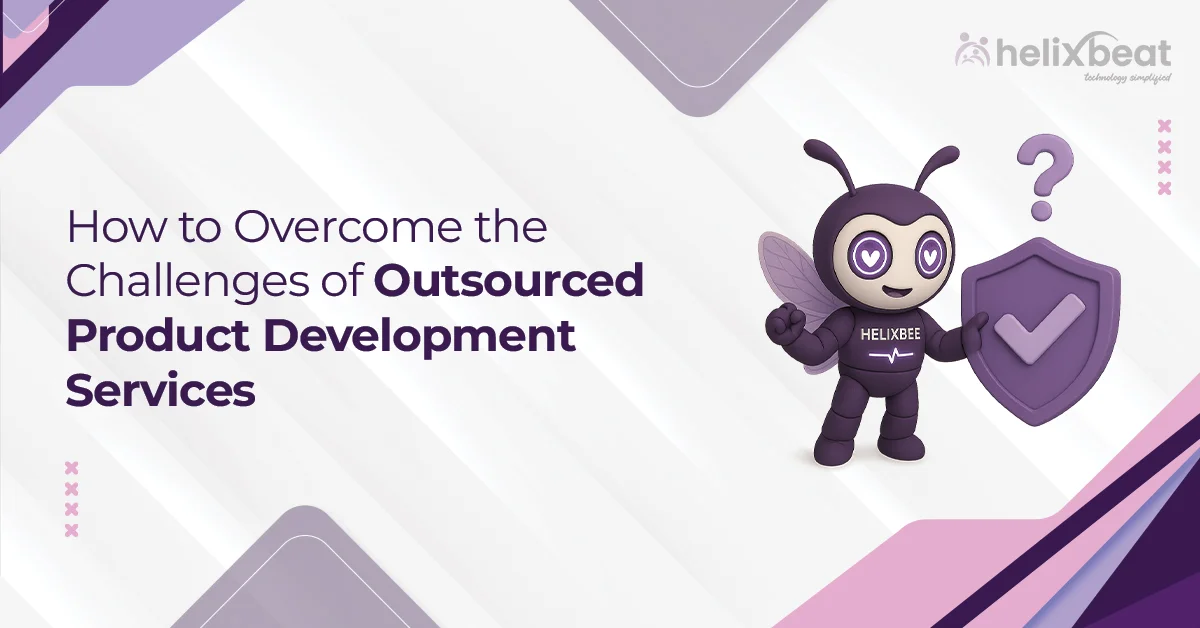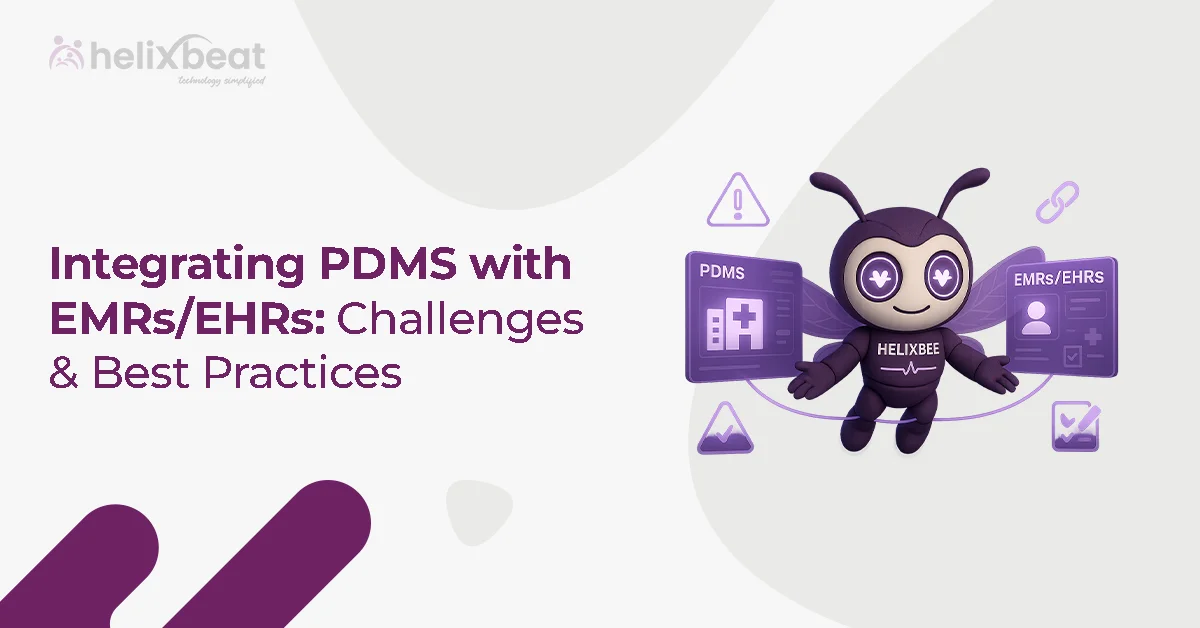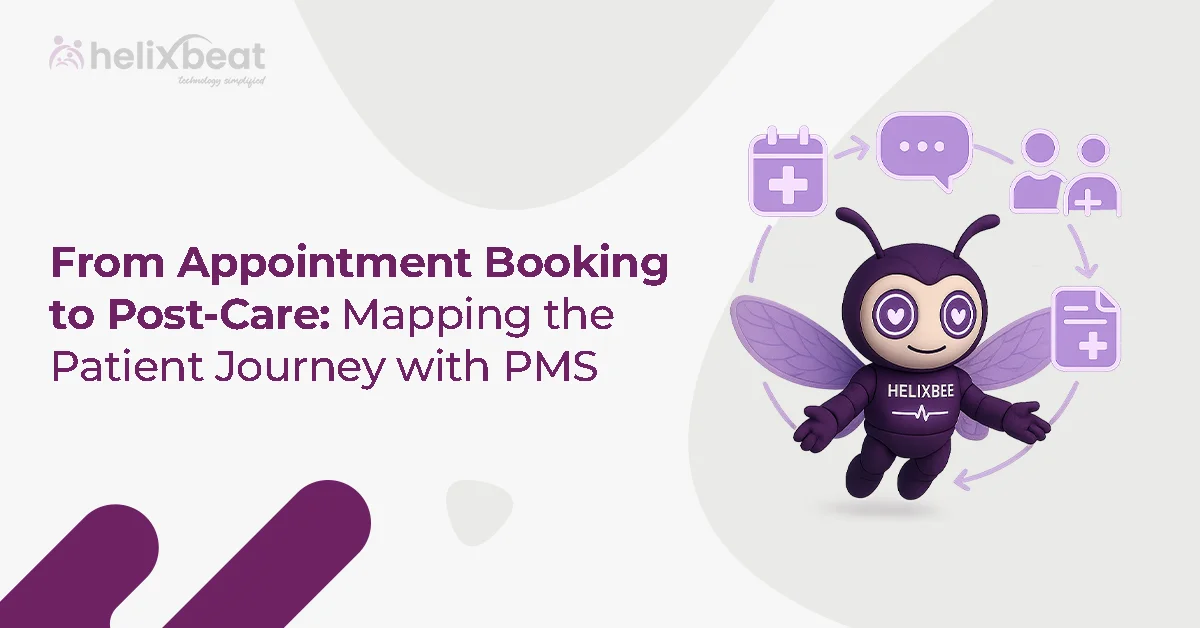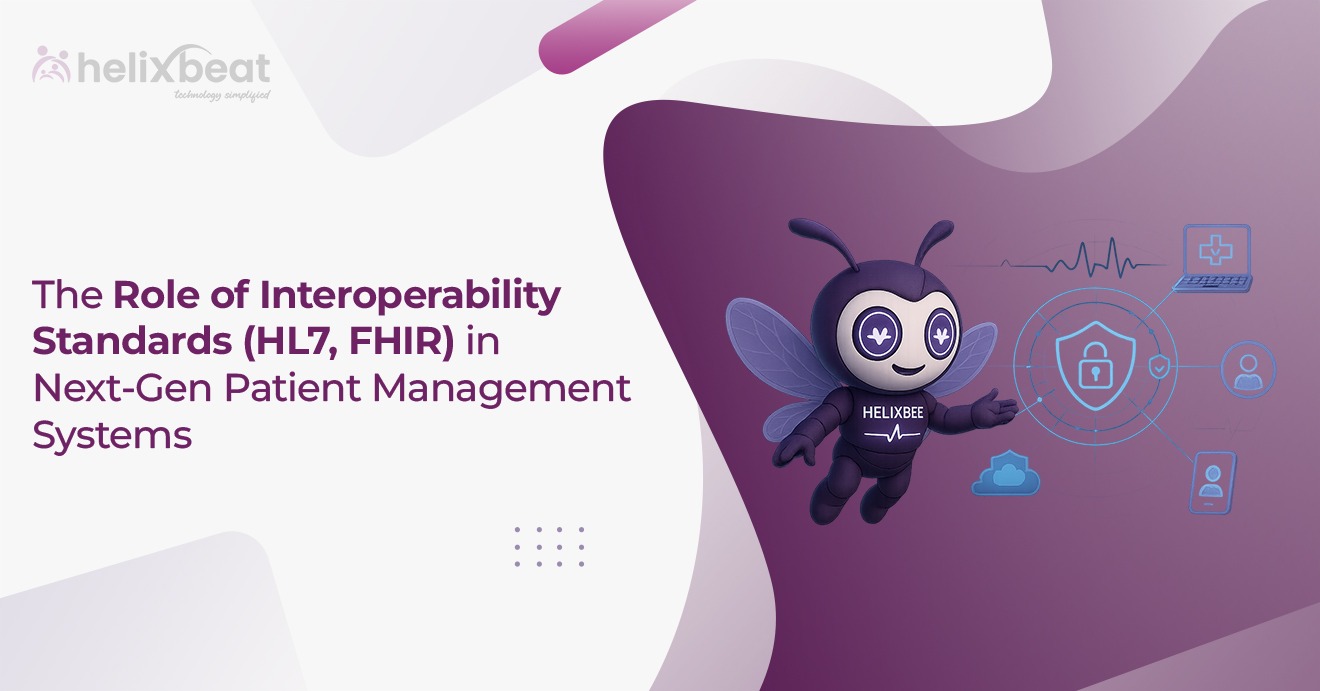Imagine walking into any hospital or clinic across the city and the doctor instantly pulls up your complete medical history: past diagnoses, prescriptions, allergies, lab reports, imaging, and even wearable device data. In 2025, this is a reality, thanks to the rapid advancements in EHR interoperability.
What’s truly groundbreaking is how these systems now talk to each other seamlessly across platforms, vendors, and borders. This is the power of EHR interoperability, and it’s revolutionizing the patient experience in ways that were unimaginable just a few years ago.

Table of Contents
The Shift from Silos to Connected Care
Until recently, patient data often lived in silos. You might have visited a primary care physician who had one EHR, a specialist who used another, and a diagnostic lab that kept records in yet another system. These systems didn’t communicate effectively, leading to fragmented care, repetitive tests, missed diagnoses, and frustrating administrative overhead.
Fast forward to 2025, because of modern standards like FHIR (Fast Healthcare Interoperability Resources) and APIs, healthcare systems now exchange data in real-time. Clinicians can access up-to-date patient information, regardless of where it originated, promoting faster, safer, and more personalized treatment.
This shift is doing more than just optimizing workflow; it’s elevating the entire patient journey.
Patients Are No Longer Data Couriers
One of the most visible benefits of EHR interoperability is that patients no longer need to shuttle their medical records from one provider to another. Gone are the days of printing out test results or struggling to recall medication names during appointments.
Now, patients can walk into a new clinic and the provider already has access to their relevant medical history—often with the patient’s digital consent provided via a mobile app or patient portal. This accelerates the time to diagnosis and reduces the risk of errors caused by incomplete or inaccurate information.
Better Care Coordination Across Providers
Modern medicine often requires multiple specialists working together. Without integrated records, coordinating care can feel like playing a game of telephone—messages get distorted or lost altogether.
But with interoperable EHR systems, providers share a unified source of truth. A specialist can instantly review a primary physician’s notes, recent labs, or imaging results. Pharmacists can flag potential drug interactions based on the full medication list, not just what was prescribed at their specific location. Emergency room doctors can see a patient’s allergy history without delay, even if the patient is unconscious.
This collaborative model improves treatment accuracy, minimizes redundancies, and reduces the likelihood of medical errors.
Empowered Patients and Informed Decisions
Another key impact of EHR interoperability is how it empowers patients to take charge of their health. In 2025, most patients access their medical records through intuitive apps or patient portals. These platforms don’t just display raw data—they offer context, visuals, and AI-driven summaries to make health information understandable and actionable.
Want to track your blood pressure trends over time? Compare the effectiveness of two medications? Get notified when it’s time for a follow-up test? These features are built in.
As patients become more engaged, they’re also more likely to adhere to care plans, ask informed questions, and make lifestyle changes based on real-time feedback. In short, interoperability is turning passive patients into active participants in their healthcare journey.
Reduced Duplication, Lower Costs
Repeated lab tests and imaging scans are not only inconvenient—they’re expensive. In a disjointed system, providers often have no visibility into tests already performed elsewhere, leading to unnecessary duplication.
EHR interoperability changes that. With access to a patient’s complete health record—including lab results and imaging from other facilities—clinicians can quickly determine whether recent tests already exist before ordering new ones. This improves efficiency while reducing patient burden.
Accelerated Response in Emergencies
In emergencies, seconds count. Whether it’s a stroke, an accident, or an allergic reaction, having immediate access to a patient’s critical medical data can be the difference between life and death.
Thanks to EHR interoperability, emergency medical technicians and ER physicians can instantly pull up vital information such as blood type, current medications, allergies, and chronic conditions. Even if the patient is unconscious or incoherent, care providers can act with precision and confidence.
This speed not only saves lives but also improves outcomes by reducing complications and enabling more targeted interventions.
Public Health Benefits and Research Advancements
Beyond individual care, EHR interoperability is fueling advances in public health and medical research. Aggregated, de-identified health data from interoperable systems is being used to detect disease outbreaks, identify at-risk populations, and monitor vaccine efficacy in near real-time.
During the COVID-19 pandemic, one of the key challenges was the delayed and inconsistent reporting of cases across systems. Today, interconnected EHR networks are enabling much faster data collection and dissemination, allowing health departments to act with greater agility.
Researchers also benefit from easier access to large, diverse datasets, which helps speed up drug discovery, treatment studies, and predictive modeling.
Personalized Medicine Gets a Boost
2025 is seeing a rise in precision medicine—treatments tailored to an individual’s genetic makeup, lifestyle, and environment. But precision medicine requires robust, accessible data to be effective.
EHR interoperability is playing a critical role here by integrating data from multiple sources: genomic profiles, wearable devices, clinical histories, and environmental sensors. All of this data feeds into algorithms that guide treatment choices uniquely suited to each patient.
For example, oncologists can now match cancer therapies to genetic mutations with much higher accuracy. Cardiologists can predict adverse events using real-time data from fitness trackers. And primary care doctors can offer preventive strategies that go beyond generic advice.
AERIS: Driving the Next Leap in Healthcare Interoperability
In a world where patient experience hinges on how fast and accurately data moves, AERIS is setting a new benchmark for healthcare connectivity.
Built for the complexity of today and the demands of tomorrow, AERIS is an adaptive interoperability platform that doesn’t force a trade-off between innovation and integration. Whether you’re working with legacy systems or cutting-edge health apps, AERIS brings it all together—seamlessly.
What sets AERIS apart?
Universal Connectivity
EHRs, labs, payers, apps—AERIS connects it all. No matter the system or standard, data flows securely and instantly where it’s needed.
Real-Time, Not Right-Later
In healthcare, timing is everything. AERIS enables real-time exchange of clinical data, helping care teams act faster, smarter, and more confidently.
FHIR Done Right
With deep FHIR support baked in, AERIS doesn’t just “check the box.” It powers structured, meaningful data exchange that makes personalization and precision medicine possible.
Workflows That Work for You
From referrals and pre-auths to claims and population analytics, AERIS molds itself around your operations—not the other way around.
Security You Can Count On
Compliance-ready and enterprise-scalable, AERIS is engineered for trust, built for growth, and ready for the evolving demands of digital healthcare.
AERIS isn’t just improving interoperability—it’s redefining how healthcare systems talk, think, and act.
Less fragmentation. Better insights. Faster decisions. And most importantly—healthcare that feels whole.
Looking Ahead
Technology often gets a bad rap for making healthcare feel cold or impersonal. But EHR interoperability is doing the opposite—it’s making healthcare more human.
By freeing clinicians from the burden of paperwork and disconnected systems, it gives them more time to focus on what really matters: the patient sitting in front of them. By giving patients control over their own records, it nurtures trust and transparency. And by connecting every point of care, it builds a safety net that’s smarter, stronger, and more responsive than ever before.
Ready to accelerate your digital transformation? Discover what AERIS can do for your organization. Contact Helixbeat today!
FAQs
1. What technologies support EHR interoperability today?
Modern standards like FHIR (Fast Healthcare Interoperability Resources) and APIs are driving real-time, structured data exchange between systems.
2. How does EHR interoperability affect emergency care?
In emergencies, quick access to critical information like allergies, medications, or chronic conditions can save lives. Interoperable systems allow emergency teams to retrieve this data immediately—even if the patient is unconscious.
3. Does interoperability help reduce healthcare costs?
Absolutely. By minimizing duplicated tests and streamlining administrative processes, interoperable systems cut unnecessary expenses and improve operational efficiency.
4. How does EHR interoperability support chronic disease management?
It enables multiple providers—such as primary care doctors, specialists, and pharmacists—to collaborate with full visibility into a patient’s ongoing treatment, improving outcomes and reducing gaps in care.







